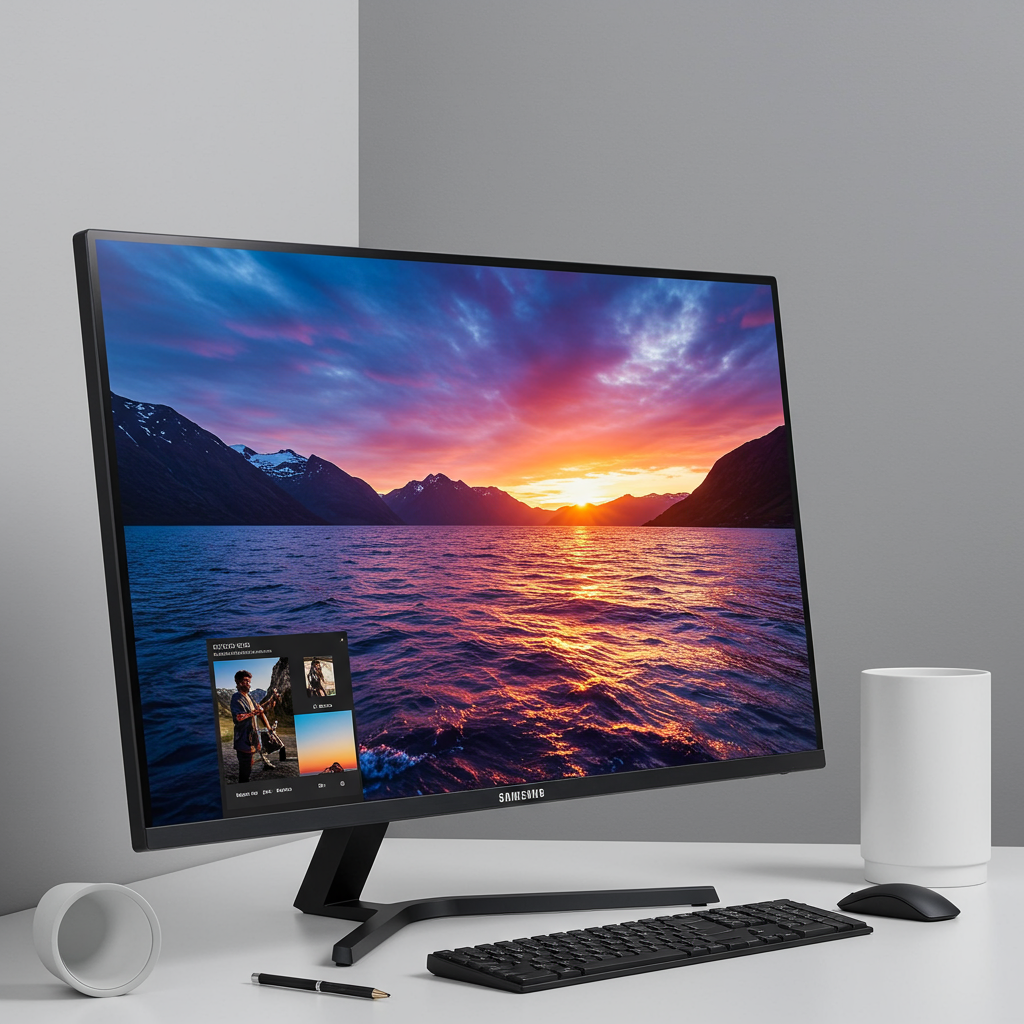nintendo consumers worldwide are facing significant challenges acquiring the new Nintendo Switch 2 console. The high demand has led to widespread stock shortages, a situation recently addressed directly by Nintendo President Shuntaro Furukawa. Speaking during the Q&A session at the company’s 85th annual general meeting of shareholders, Furukawa acknowledged the difficulty many are experiencing and offered a sincere apology for the inconvenience caused by the limited availability.
“Currently, for Nintendo Switch 2, demand is exceeding supply in many countries,” Furukawa stated, acknowledging the frustration of consumers, including potentially even some shareholders and their families, who have been unable to purchase the popular new gaming hardware. The scale of consumer interest has proven to be higher than the company initially anticipated, creating this imbalance.
Managing Overwhelming Demand in Japan
The supply constraints have been particularly acute in certain markets. Nintendo detailed specific measures taken in Japan to manage the unexpectedly high volume of interested buyers. In early April, the company began accepting applications for console purchases through a lottery system on its official online store, the My Nintendo Store.
The response to this initial lottery far surpassed expectations. By April 23, President Furukawa publicly shared on X (formerly Twitter) that over 2.2 million applications had been received for the first drawing alone. He issued an apology at the time, recognizing that this meant a significant number of applicants would not be selected due to insufficient stock. Since then, Nintendo has conducted a total of four lottery rounds via the My Nintendo Store, yet many previous applicants still await their chance to purchase a console. A fifth lottery is scheduled for early July to address these ongoing supply issues.
Beyond Nintendo’s direct sales, many general retailers in Japan also initially adopted lottery-based sales methods to handle the limited inventory they received. While this system helped manage queues and discourage scalping, it added another layer of difficulty for hopeful buyers. However, recent reports indicate a gradual shift, with an increasing number of physical stores starting to offer the console for direct purchase, suggesting a slow but steady improvement in retail supply channels in some areas.
Understanding the Scale of the Switch 2 Launch
The reason behind this unprecedented demand becomes clear when examining the console’s initial sales performance. The Nintendo Switch 2 launched globally on June 5 and quickly demonstrated its immense popularity. According to estimates from VGChartz, the console sold over 3.5 million units worldwide within its first four days on the market.
This initial sales figure represents a significant milestone. It stands as the highest worldwide launch ever recorded for any Nintendo hardware within its first four days of availability. Furthermore, VGChartz estimates place this launch as the biggest hardware debut in video game history overall, highlighting the extraordinary level of consumer excitement surrounding the device. For comparison, the original Nintendo Switch, which went on to become one of the best-selling consoles of all time, sold approximately 1.4 million units in its first week. The Switch 2’s debut sales rate is more than double that of its highly successful predecessor over a similar initial period.
Industry analysis firm DFC Intelligence has taken note of the overwhelming demand. They recently increased their 2025 sales forecast for the Switch 2 from 15 million to 16 million units. However, they note that even this revised estimate accounts for the current limitations in supply. DFC Intelligence suggests that if Nintendo could meet the true market demand, the console could potentially sell as many as 20 million units in 2025, illustrating the vast gap between available stock and consumer desire.
Why Did Demand Exceed Predictions?
The fact that demand vastly outstripped supply, even prompting Nintendo to apologize and implement lotteries in its home market, raises questions. A shareholder specifically asked President Furukawa at the meeting whether the shortage was due to insufficient production readiness or a failure to accurately predict market demand. While Furukawa attributed it primarily to demand “greatly exceeding expectations,” the situation suggests that even Nintendo’s preparations, which were reportedly extensive prior to launch, weren’t enough for the actual market response.
The severity of the shortages has varied regionally. While Japan appears to have faced the most acute issues, leading to extensive reliance on lotteries, markets like the United States and the United Kingdom seemingly experienced somewhat better initial availability, though not entirely without stock challenges. Speculation suggests Nintendo might have prioritized these larger revenue-generating markets for initial stock distribution.
Despite the challenges, some observers note that the Switch 2 launch, while featuring shortages, has potentially navigated the situation better than recent major tech hardware launches like the PlayStation 5 or certain Nvidia graphics cards. Those launches were plagued by severe, prolonged shortages that led to widespread scalping and exorbitant aftermarket prices. While the Switch 2 stock situation is frustrating for many, it appears the extreme price gouging seen with other recent launches might be less prevalent in some key regions, although finding the console at retail price remains difficult globally.
Nintendo’s Commitment to Increasing Supply
In response to the ongoing supply challenges, Nintendo President Shuntaro Furukawa reaffirmed the company’s dedication to resolving the situation. He stated that Nintendo is actively working to strengthen its production and supply systems. The goal is clear: to manufacture and deliver as many Nintendo Switch 2 consoles as possible to consumers worldwide in an effort to meet the sustained, high level of demand.
The immediate future will likely still involve navigating limited stock in many areas, particularly in regions like Japan where the lottery system remains necessary. However, Nintendo’s public commitment indicates that boosting manufacturing output is a top priority, aiming to eventually transition markets back to more traditional, direct purchase availability in stores. For consumers eager to get their hands on the record-breaking console, patience may still be required as production catches up to the unprecedented launch demand.
Frequently Asked Questions
Why is it hard to buy a Nintendo Switch 2 console right now?
Based on Nintendo President Shuntaro Furukawa’s statements, the primary reason is that consumer demand for the new console has significantly exceeded available supply in many countries, far surpassing Nintendo’s initial expectations. Despite preparations, the launch demand was unprecedentedly high, leading to difficulties for customers trying to purchase a unit.
What is Nintendo doing to address the Switch 2 supply issues?
Nintendo President Furukawa has stated the company is actively working to strengthen its production and supply systems. In regions like Japan facing acute shortages, Nintendo has implemented lottery-based sales systems through its My Nintendo Store. While many retailers initially used similar methods, more stores are gradually beginning to offer direct purchases as supply slowly increases. The goal is to manufacture and deliver as many consoles as possible.
How does the initial Switch 2 launch demand compare to previous Nintendo consoles?
According to VGChartz estimates cited in the article, the Nintendo Switch 2 sold over 3.5 million units worldwide in its first four days. This represents the highest worldwide launch for any Nintendo hardware in its first four days and is estimated as the biggest video game hardware launch ever. For comparison, the original Nintendo Switch sold about 1.4 million units in its first week. This unprecedented initial demand is a key factor in the current supply challenges.



